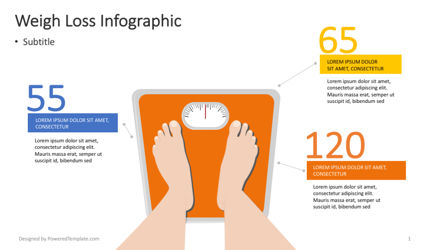Cold laser therapy is a useful device to help in pain monitoring and the recovery process. It is often made use of in sporting activities medicine, dermatology and acupuncture.
Cold lasers penetrate deep into cells and advertise chemical adjustments without warming them. They decrease inflammation and swelling, speed mobile task and speed up recovery.
Theoretical Background
Unlike the high-intensity lasers that surgeons usage to puncture cells, cold laser therapy uses light-emitting diodes to permeate into your skin and promote recovery. As these photons get to damaged tissues, they launch a domino effect that boosts your cells' production of enzymes and accelerates your body's all-natural recovery processes.
The photons also lower discomfort with the production of endorphins and raise your body's capacity to drain swollen locations by causing vasodilation (the growth of blood vessels). Therefore, it aids you recuperate from musculoskeletal injuries and discomfort faster.
Many people have actually read about cool laser therapy from their physical therapist, chiropractic practitioner or doctor and might be questioning how it functions. Unlike a lot of laser devices made use of in the medical field, which really heat up cells, our advanced equipment sends out chilly laser light beams that do not cause any kind of heating of your tissues. This enables your body to receive the healing benefits without triggering any type of side effects.
Professional Trials
Cold laser treatment is typically recommended as a therapy option for people who have bone and joint pain and injuries. It can be made use of to decrease swelling, enhance cells and speed up the body's all-natural healing processes.
Non-thermal photons of red and infrared laser radiation are absorbed by the light sensitive components in cells and start a rise in intracellular metabolic process that increases cell recreation, reduces inflammation, removes edema and shortens recovery time.
Unlike the light that is created by sunshine or conventional lights, laser light is identical (all wavelengths travel parallel), coherent and single. These homes permit laser energy to pass through deeper into the cells.
Several professional trials have revealed that LLLT can be effective in minimizing discomfort in the musculoskeletal system. Nonetheless, even more well-designed researches are needed to examine the optimum settings for laser irradiation and to identify its performance in particular problems, such as dental mucositis in cancer individuals obtaining chemotherapy laser treatments n or radiotherapy, and wound recovery (consisting of diabetic person abscess following hammertoe surgical treatment). This Aetna plan bulletin does not deal with various other uses LLLT, including the treatment of numerous skin diseases.
Conclusions
Unlike surgical lasers that can ruin growths or coagulate cells, cold laser therapy does not heat up the body's cells. Rather, the light boosts your cells to produce adenosine triphosphate, which accelerates the repair service procedure of damaged tissues.
Aetna thinks about low-level laser (LLL) treatment clinically essential for the prevention of oral mucositis connected with cancer cells therapy (radiation treatment, radiation therapy, hematopoietic stem cell transplantation) and non-cancer treatments (such as radiodermal injury, fibromyalgia). A number of researches revealed that LLT can be reliable in reducing PU symptoms without negative impacts. Nonetheless, distinctions in research designs and laser dosimetry made comparison of the results challenging; RCTs with reduced danger of prejudice are required. Making use of a 660 nm wavelength and greater power thickness appears to be much more efficient than the various other examined laser wavelengths. This could be due to the fact that the various other wavelengths might boost inflammatory procedures and create even more negative effects. The effect of the sort of laser used is also important; the authors suggest that future research focus on assessing different types of lasers and their doses to identify the optimal combination of laser parameters for PU prevention.
Recommendations
Cold laser therapy is made use of by dentists to treat inflamed periodontal cells, medical professionals to reduce discomfort brought on by rheumatoid joint inflammation, and physiotherapists to speed up the recovery of muscle mass, tendon, and ligament injuries. Several clinical insurance policy strategies cover this treatment.
Unlike hot lasers, which have a thermal effect on tissues, cool lasers (additionally called low-level lasers) promote the cellular energy of the skin. Photons from the laser light penetrate into the cell, causing a collection of chemical adjustments that advertises regeneration and decreases inflammation.
In order to be effective, lasers must be effectively arrangement and utilized. This is why it is not a good idea to purchase a low-cost over the counter laser gadget and try to treat yourself in the house. An experienced expert is called for to make sure that the gadget is used appropriately to lessen the risk of eye injury and maximize its performance. The laser gadget need to be adjusted to the correct setup, intensity, frequency, and placement of the laser on the therapy area.
